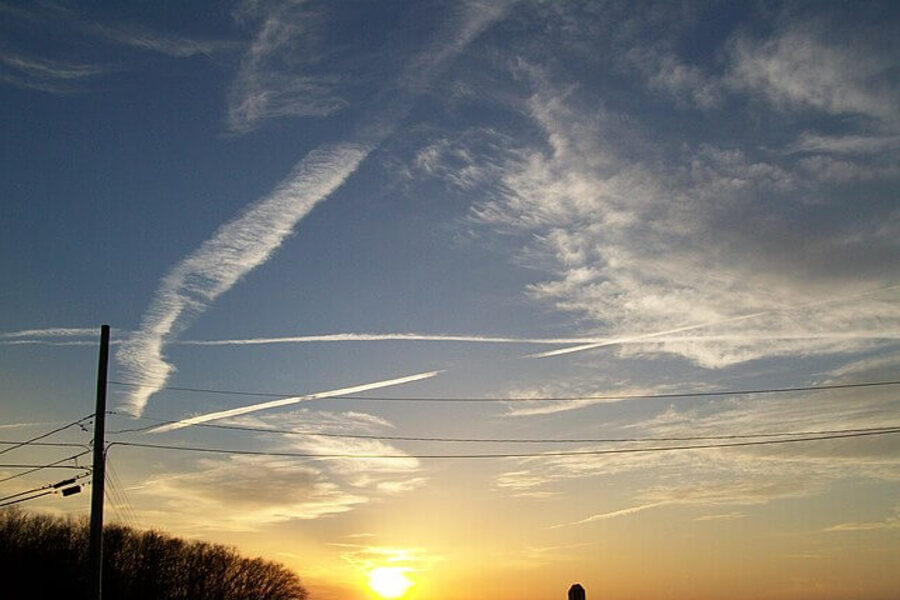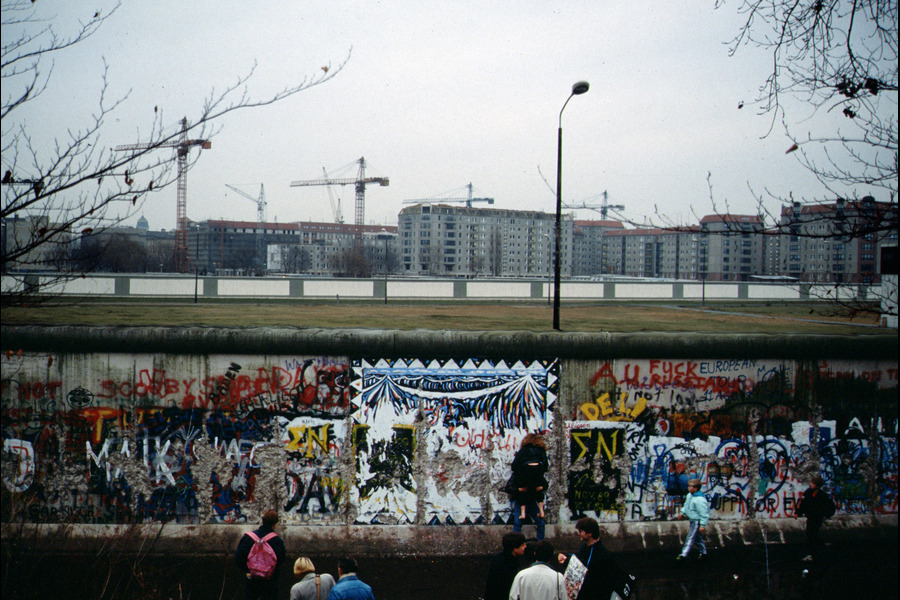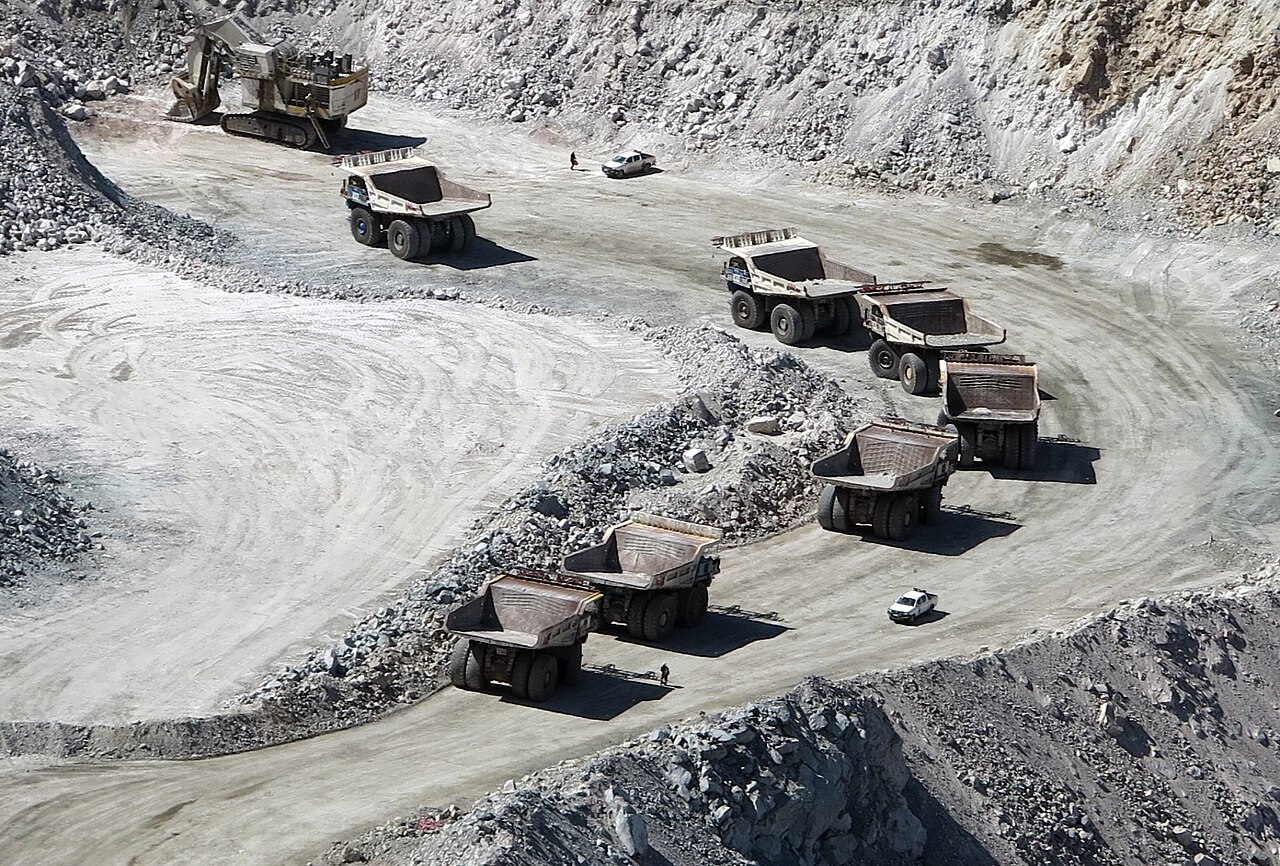Dispatch #13: Between Two Fires
AMMAN, Jordan—The Jordanian government is “between two fires,” as goes the Arabic formulation of “between a rock and a hard place.” Jordan has watched car bombs claimed by the Islamic State explode in Turkey and Lebanon. The three nations’ shared proximity to Syria places them at risk of IS activity but also means they will need to take in large numbers of refugees. As Jordan sees attacks in Syria’s other neighbors, security is a top priority. To date, Jordan has taken in almost a million Syrians, and their presence inside its borders is tightly controlled.
Published by The Lawfare Institute
in Cooperation With

AMMAN, Jordan—The Jordanian government is “between two fires,” as goes the Arabic formulation of “between a rock and a hard place.” Jordan has watched car bombs claimed by the Islamic State explode in Turkey and Lebanon. The three nations’ shared proximity to Syria places them at risk of IS activity but also means they will need to take in large numbers of refugees. As Jordan sees attacks in Syria’s other neighbors, security is a top priority. To date, Jordan has taken in almost a million Syrians, and their presence inside its borders is tightly controlled. An additional three hundred refugees cross the border every day, according to Dr. Saleh Kilani, refugee affairs coordinator at the Interior Ministry.
Since the first refugees began to stream into Jordan, the penalties for misbehavior on their part have been strict, the rules clear: behave or be sent back to where you came from. Returning refugees to a place where their lives might be in danger, such as war zones, is known as “refoulement” and is illegal under international law. Yet, refoulement and the threat of it have been a central part of the Jordanian dealings with refugees from the beginning.
“Refugee rights are not strong here. Any violations and they throw them over the wall,” says Shakir Bany-Khaled, director of development for the town of Zaatari, which abuts the camp. Bany-Khaled works closely with refugees. Though he laments the policy, he acknowledges that it has proven effective. “There are no crimes as yet or clashes or anything like that. Why? Cultural closeness in part, but also because Syrians know if they make trouble, their whole family will be sent back.”
Personally, Bany-Khaled believes the policy is inhumane: “you shouldn’t scare a Syrian refugee, making him think, ‘I might go back to death’...there are better solutions.” Currently, a refugee can be sent back for a range of violations from suspected Islamic extremism, to committing a crime, to quarreling with another refugee, to overstaying his or her allotted time outside a camp, to working without authorization.
There is little mention of these policies in the reports of the UN and other international organizations. In fact on UNHCR’s country page on Jordan, the organization calls Jordan a “largely favorable protection environment.”
Miraj Pradhan, spokesperson for UNICEF in Amman, says there are good reasons for whitewashing Jordanian authoritarianism with respect to the refugees. International organizations remain in Jordan at the pleasure of the royal family and the government—and therefore must be cautious in what they say. “Our priority is the service. If it means I tell you something against the government and the next day I can’t work with the kids, well, the kids come first.” He says that refugees may also be less than candid for similar reasons: “refugees in the camp are really scared of being deported. Especially when SRAD (security forces) are there, they only say nice things.”
Nevertheless, most acknowledge that the Jordanian focus on security is not unfounded. “Security is the most important thing. If there’s no security, everything else goes,” says Bany-Khaled.
Refugees in Jordan have a tough choice to make: to live in a camp, where they are offered more services but their movements are restricted, or to fend for themselves outside.
The Zaatari refugee camp, home to around 80,000 Syrian refugees, has become a symbol of the Syrian refugee crisis worldwide. It is the second largest refugee camp in the world, population-wise, after Dadaab in Kenya. When reporters come here, Zaatari is one of the first places they want to see. And yet only 20 percent of Syrian refugees in Jordan live in camps. Those inside say the hardest thing about life there is that they are not allowed to leave without getting permission for a “holiday,” as they are called, a permission that is increasingly difficult to come by.
“It’s prison,” says Khawla, 34, from Deraa. “My mother is in Irbid [a town in Northern Jordan] with her son and I’m here with my children. I wanted to stay here because my children are small. I couldn’t keep them safe outside.”
Free housing is a crucial advantage inside the camps; in Zaatari, each family is allotted a caravan, sometimes several, while in other camps, they are given tents. Syrians living outside camps report paying exorbitant rents. Inside, there are also NGOs that provide a wide range of services from medical care, to supplementary education and activities for children, to psychosocial care. Since refugees living outside the camps are distributed across many towns, services are more difficult to provide and access. Because the Jordanian government seeks to incentivize Syrians to remain in camps, the conditions in camps are more favorable than elsewhere.
Khawla’s colleague finds the camp’s services less appealing. “The camp is only concerned about security. The caravans are hot in summer and freezing in winter,” he says.
Khawla lives in Zaatari alone. I ask about her husband. “He’s a martyr,” she says with a wry half smile.
“He’s not a martyr,” says a colleague.
“He left us two years ago,” says Khawla, “What’s the difference if he’s a martyr or if he left? He’s gone.”
Khawla and many others I meet in the camp describe a lonely existence. Having gone from lives in Syria full of meals and outings with extended family and friends, many suddenly find themselves alone with only their children to keep them company. Work provides a welcome social outlet, they say.
Many refugees initially thought they would only be in the camp a few weeks, and then they would go home. No one thinks that anymore. “We no longer think at any moment we will return. We are living day by day,” says Khawla.
Socially, though, Khawla says it’s better to be inside. “I feel that here is better because I live with Syrians. Outside, I would feel like a stranger. Outside it’s cleaner and the houses are better, but social relations are better in the camp.” That sense of belonging is strengthened by the fact that most inhabitants of the Zaatari camp are from the Syrian city of Deraa, near the Syrian border, where some of the first demonstrations took place. “We are all from Deraa, we are all the same, there are no major differences.”
Of the two largest camps in Jordan, Zaatari is described by some as “paradise” compared to the other, Azraq. Zaatari developed somewhat organically: in the early days, families would move their caravans around to be closer to relatives or the water supply. Syrian traders and artisans have set up shop, despite the disapproval of their Jordanian hosts, on the main commercial drag, which is now known as the “Champs-Elysees.”
Azraq, humanitarian workers say, is better planned and divided into “villages.” But authorities, it would seem, have overcorrected, and those who have been inside say that tents and the villages are too far apart, making it feel sterile and grim, particularly since it’s as yet mostly empty, with none of the commercial bustle of Zaatari. In an effort to keep the refugees well away from urban areas, both of these camps are in the middle of the flat and featureless desert. Until recently, there was no electricity in the camp, which meant no light at night. Slowly, authorities are connecting it to the grid, but many refugees describe being sent to Azraq camp as a threat that hangs over their heads. Those found illegally working in Jordan are sometimes sent to Azraq instead of being deported. Some living outside the camps see being sent to Azraq as a prison sentence.
“I’d kill myself inside,” says a woman from Homs who lives in the town of Zaatari and volunteers with NGOs to help distribute aid to fellow Syrians.
Following the unprecedented flood of refugees and migrants into Europe last summer, the international donor community suddenly reawakened to the Syrian refugee crisis and has been flooding Syria’s neighbors with aid in hopes that the problem will remain within their borders and stop crossing the Aegean Sea.
It won’t work. There are a number of reasons why no matter how much aid refugees receive—which in Jordan is not very much and many families report being short of food—they are unlikely to see much of a future here.
For one thing, no matter how long they remain in country, there is no path to citizenship for Syrians residing in Jordan. The same is true of Syrians in Turkey and Lebanon. The refugees have little hope of ever being afforded the rights and privileges granted to citizens of those countries which would allow them to offer their children an education and a future. This is one of the main reasons refugees seeking asylum in Europe cite for their flight.
And leaving aside the future, there is the matter of the present. For five years the refugees in Jordan have not had the right to work. Only now, the Jordanian government is beginning to introduce a scheme under which individual Syrians would be allowed to seek permission to work, but only a limited number and in a few specific sectors. As a result, Syrians are having to make decisions of the most extreme kind: send their children to school and be unable to feed them, or send them out to work? Not be able to afford food for their younger children, or marry off their 13-year-old daughters? While the new government initiative is a welcome step, far too many Syrians will still face choices unimaginable to any parent.
There’s only one solution to this problem: “Give them the right to work,” says Bany-Khaled, the development director in the town of Zaatari.
The Jordanians, conscious that Syrians are not leaving any time, are developing a three year plan that will take them through 2018. “Even if tomorrow you had a political solution, it would still take them years to leave, and with the destruction, years to fix,” says Dr. Saleh Kilani, refugee affairs coordinator at the Interior Ministry.
If the Jordanians are looking at continuing to host a large population of Syrians into the medium term, closed, tightly policed camps seem an unsustainable option. Many people are willing to admit that, but few will speculate as to workable alternatives, given the need to maintain security and Jordan’s desire to protect, as much as possible, Jordanian jobs and housing markets. International donors as well must confront the need for more sustainable long-term options. If things remain as they are, no amount of aid thrown at Syria’s neighbors will offer refugees a stable life and future for their children. As long as that is the case, refugees will continue to seek other options.




